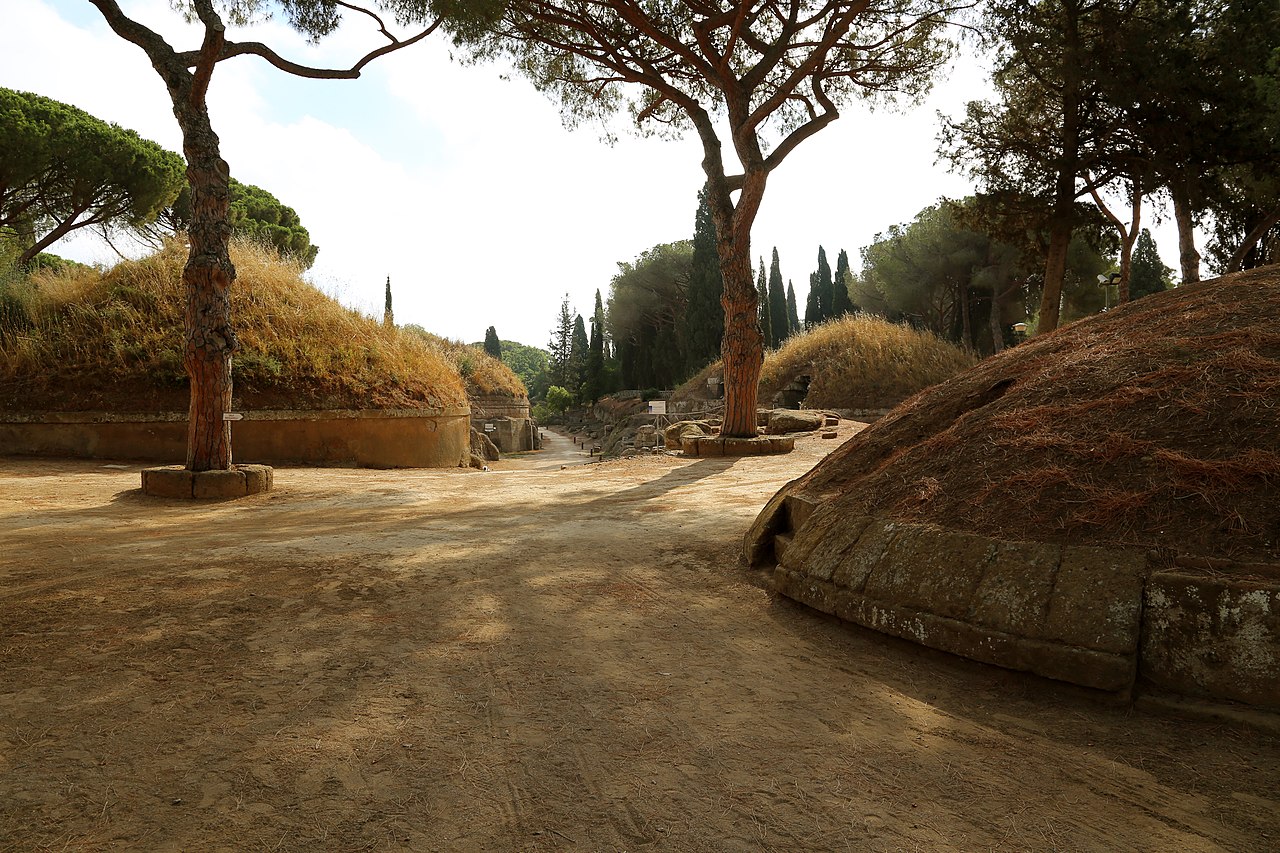
The Romans famously claimed they were descended from the Trojans of Greek mythology. This claim appears most notably in the Aeneid, the work of the Roman writer Virgil in the first century BCE. However, does this legend have any basis in fact? Were the Romans really descended from the Trojans?
The earliest written evidence for the Trojans in Rome
Many people erroneously believe Virgil fabricated this myth. Supposedly, he created it because Augustus Caesar, the first Roman emperor, wanted to give himself a glorious heritage.
In reality, this was already a widely-held belief by the time Virgil wrote the Aeneid. In fact, it long predates the first century BCE. We see it at least as early as the fifth century BCE. During that century, we see this legend in the writings of Hellanicus of Lesbos and Damastes of Siguem. It appears in numerous records between that time and the time of Virgil. The Aeneid is not at all the origin of this legend.
This lends some support to the claim that the Romans were descended from the Trojans since the fifth century BCE is not especially far removed from the era being described. It is actually closer to the era being described than many other records known to be broadly accurate, such as Herodotus’ comments about some of the Egyptian pharaohs.
When did the Trojans supposedly arrive?
However, there is a very notable difference between these earlier records and the claim made by Virgil and several other writers of the first century BCE. Virgil and some of his contemporaries (such as Livy) claimed there were many centuries between Aeneas and his descendant Romulus. This would place the arrival of the Trojans long before the founding of Rome.
In contrast, the earliest records make Aeneas himself the direct founder of Rome. Other very early records make Romulus his direct son. This would mean the Trojan settlers supposedly arrived just before the lifetime of Romulus.
The archaeological evidence indicates Romulus, or whatever historical figure he is based on, really lived in the seventh century BCE. For instance, Romulus allegedly constructed a temple to Jupiter while the earliest temple remains in Rome date to the seventh century. The Regia, allegedly the work of Romulus’ successor Numa Pompilius, dates to circa 625 BCE.
Therefore, when we compare the earliest accounts of the Trojans’ founding of Rome and compare it with the archaeology, it is evident the arrival of the Trojans should theoretically have occurred somewhere near the beginning of the seventh century BCE. Whether this was really the lifetime of Aeneas or not is possible but the subject of considerable debate.
Archaeological evidence for the Trojan arrival
What does the archaeological evidence reveal concerning that time? Do we find it filled with traces of the arrival of a culture from Western Anatolia?
Interestingly, there is an outside influence that appears in the archaeological record at that very time. In fact, it is present throughout much of the seventh century BCE. At that time, we see an influx of Etruscans in Rome. For instance, archaeologists believe the Etruscans were responsible for the earliest monumental buildings in the city.
We see a profound Etruscan influence in the design of temples and houses, as well as in numerous cultural features. The script used by the Romans came directly from the Etruscans. Many of the early aristocratic families were Etruscans, such as the Herminia gens and the Volumina gens.
It is likely for this reason that, according to Dionysius of Halicarnassus in the first century BCE, many ancient historians considered Rome to actually be an Etruscan city. The fact the Etruscans appear in Rome’s archaeological record exactly when we would expect the Trojans to have appeared is rather interesting. What can we conclude from this?
The Etruscans’ Anatolian origin

There is considerable evidence settlers from Anatolia arrived in Italy and contributed to the formation of the Etruscan civilization. This occurred in the era of Etruscan history known as the Orientalizing period.
The Anatolian influence appears throughout almost all aspects of Etruscan culture. However, perhaps most relevant for the issue of demonstrating an actual migration are the burial customs. The monumental tombs of the Etruscans, which first appeared around 700 BCE, bear many striking resemblances to contemporary tombs from Phrygia and Lydia.
Notably, ancient Greek records closely associate the Trojans with the Phrygians. In fact, many writers actually referred to the Trojans as the Phrygians. Furthermore, both the Phrygians and Lydians were allies of the Trojans according to Homer’s Iliad.
Genetic support for Trojan arrival in Rome
The fact there was an influx of Anatolian settlers in Rome in the Iron Age has recently been demonstrated by genetic studies. A major 2019 study found that eleven individuals spanning several centuries of Iron Age Rome displayed a notable influx of what is called ‘Iranian Neolithic DNA.’
In addition to this general trend, two of the eleven individuals were especially noteworthy. Scientists conducting the study described the DNA of these two individuals as a mixture of the native Italic population and a foreign population. The foreign one was either Bronze Age Armenian or Iron Age Anatolian.
Therefore, the genetic evidence definitely supports the idea there was a large influx of arrivals from the Near East. The Romans were not necessarily descended primarily from those arrivals, but they evidently formed a notable part of the population.
Can this explain how the Romans are descended from the Trojans?
A number of scholars have argued the legend of the Trojan migration to Rome ultimately has its basis in the Anatolian origin of the Etruscans. The late Robert Beekes, for instance, argued extensively for this.
One key issue that has always interfered with this conclusion is the chronological problem. Since the evidence for profound Anatolian influences in Etruscan culture, as well as evidence for the Etruscans themselves at Rome, date from well after the Late Bronze Age, it has generally been assumed this must be unrelated to the legendary Trojan origin of the Romans.
However, there are numerous examples of ancient historians accidentally backdating events by many centuries. Therefore, a reasonable conclusion is simply that the legendary descent of the Romans from the Trojans simply had nothing to do with the Late Bronze Age.
Rather, evidence suggests the legend of the Romans being descended from the Trojans comes from the profound Etruscan influence on Rome that occurred in the seventh century BCE.
See all the latest news from Greece and the world at Greekreporter.com. Contact our newsroom to report an update or send your story, photos and videos. Follow GR on Google News and subscribe here to our daily email!



